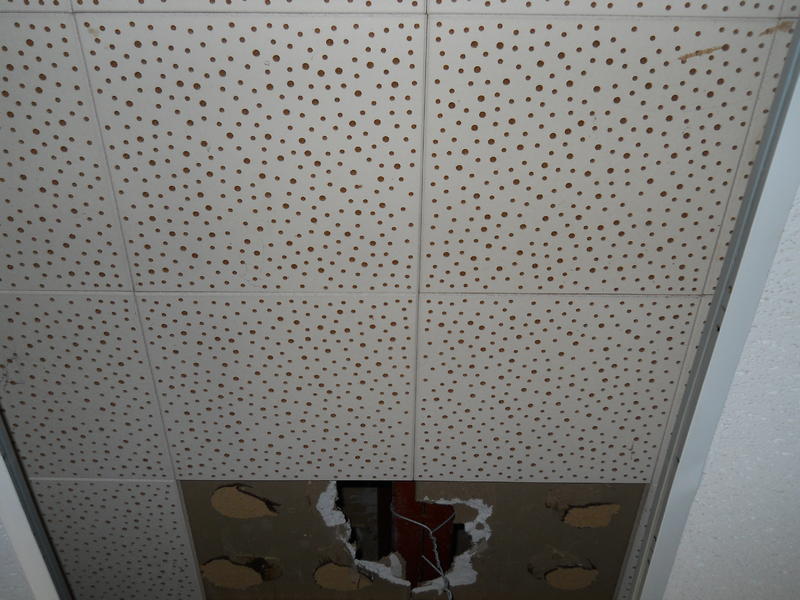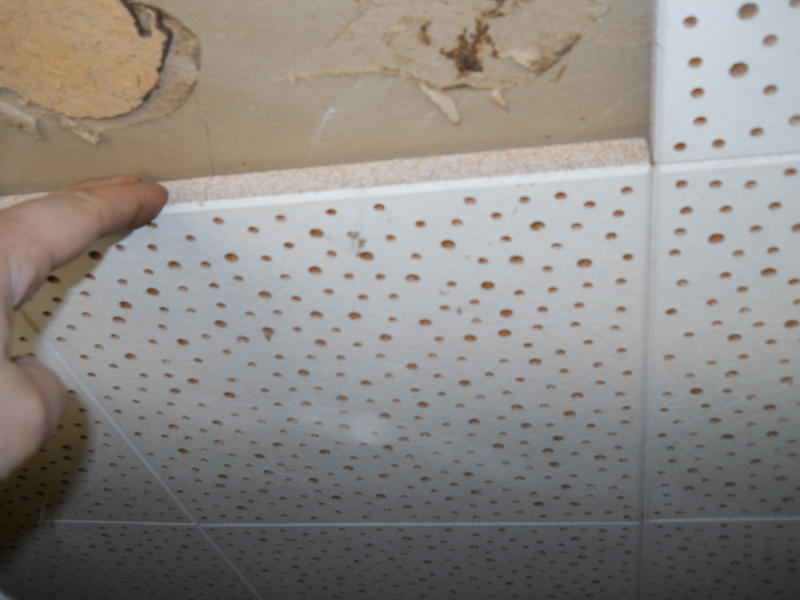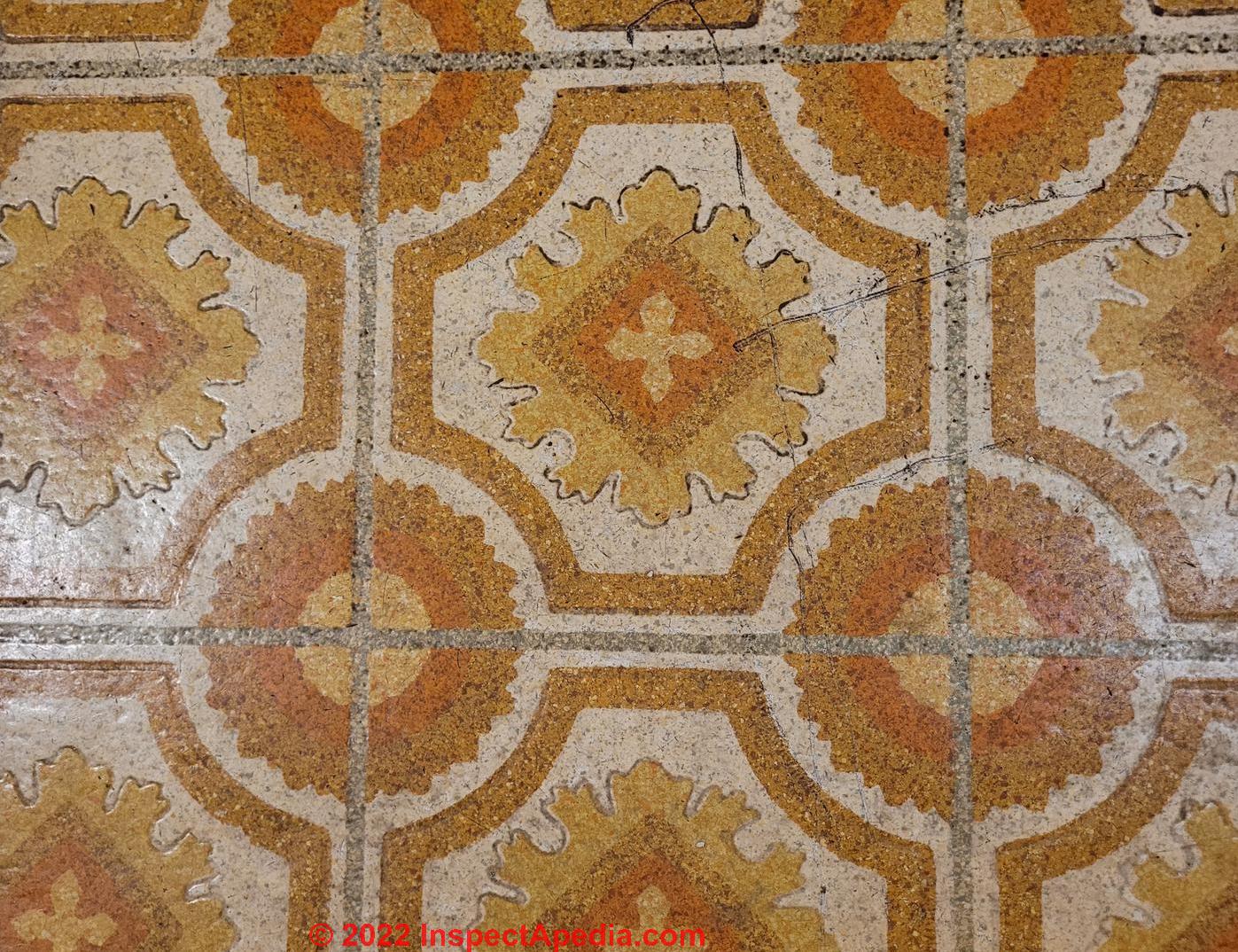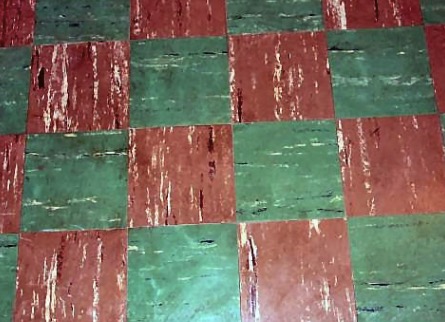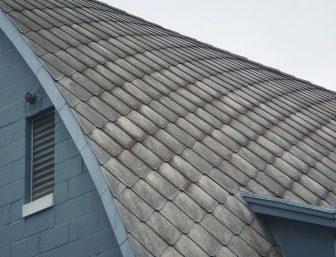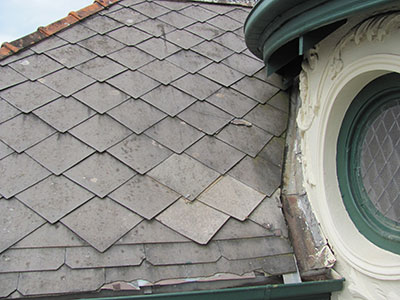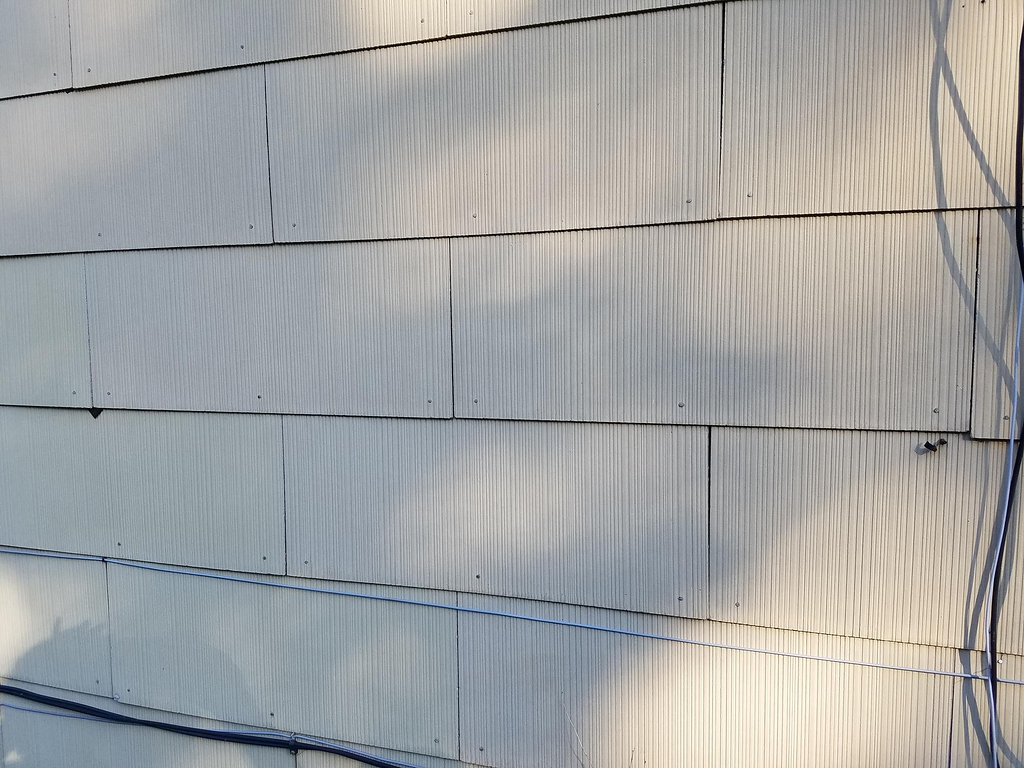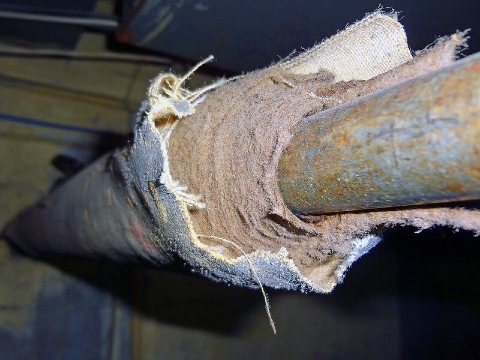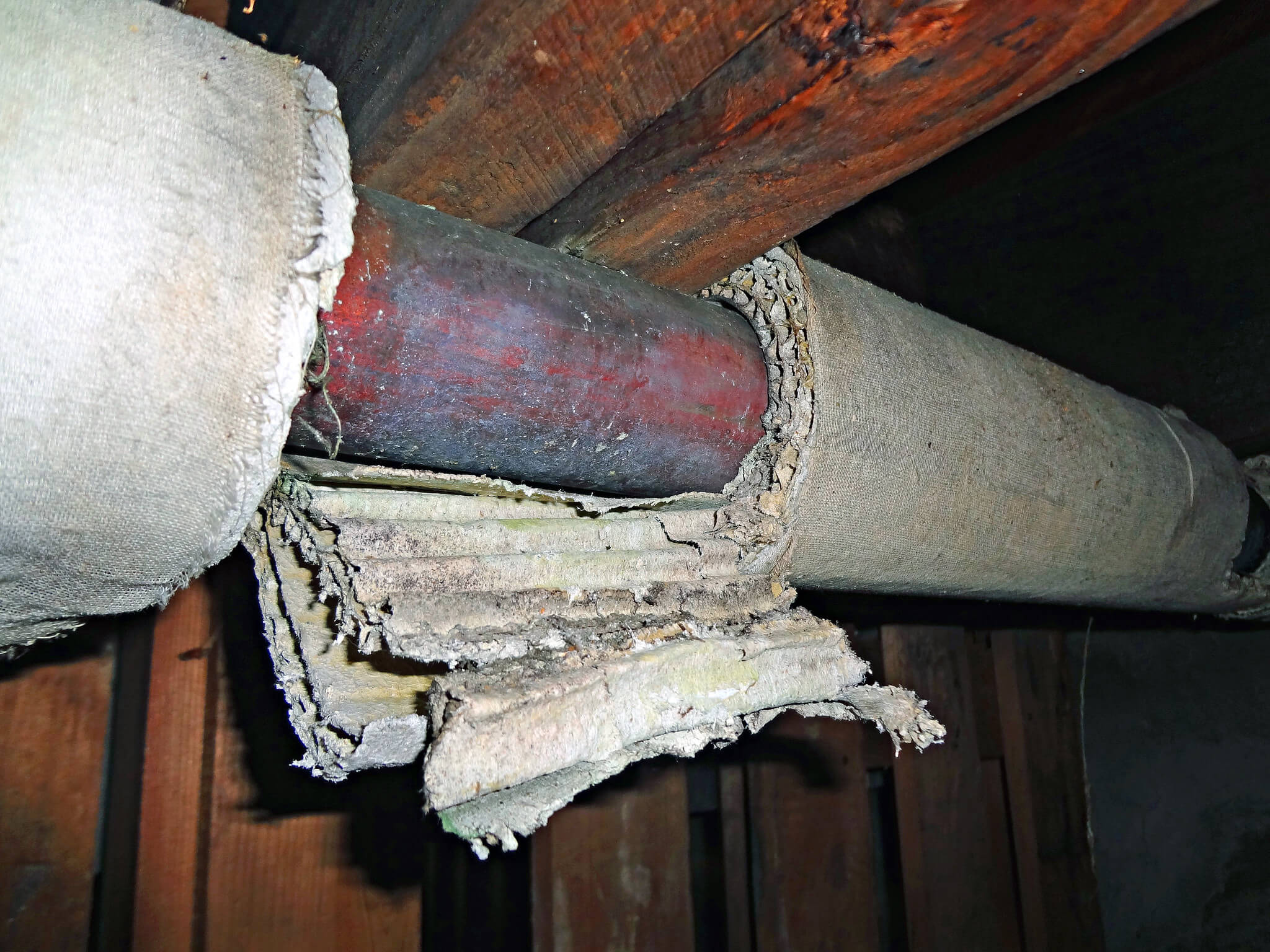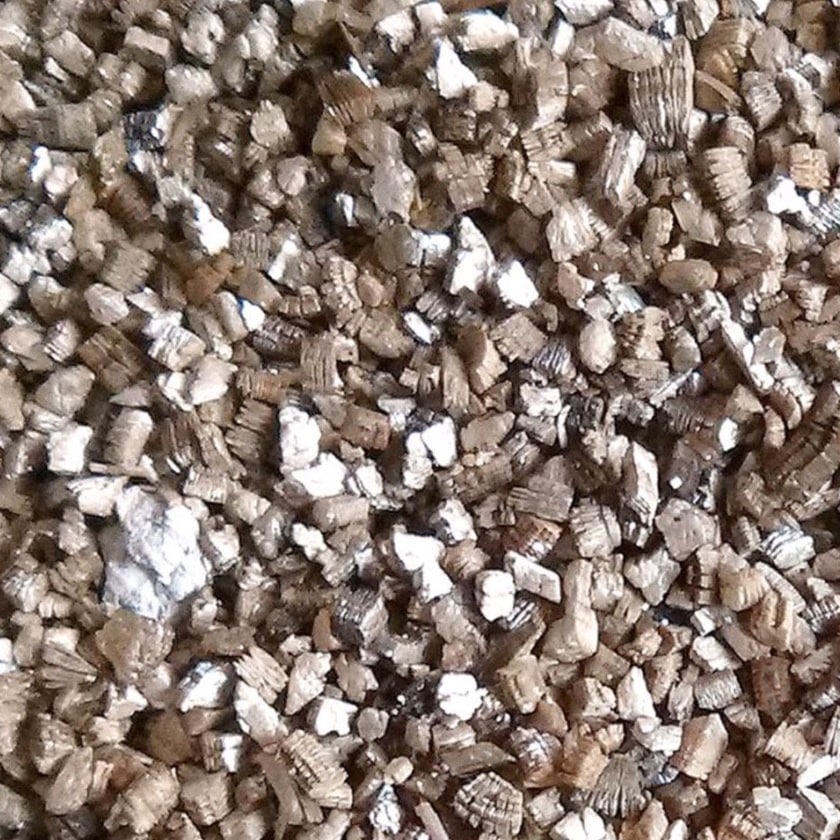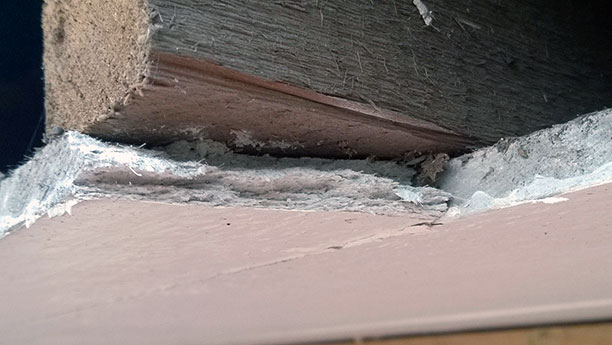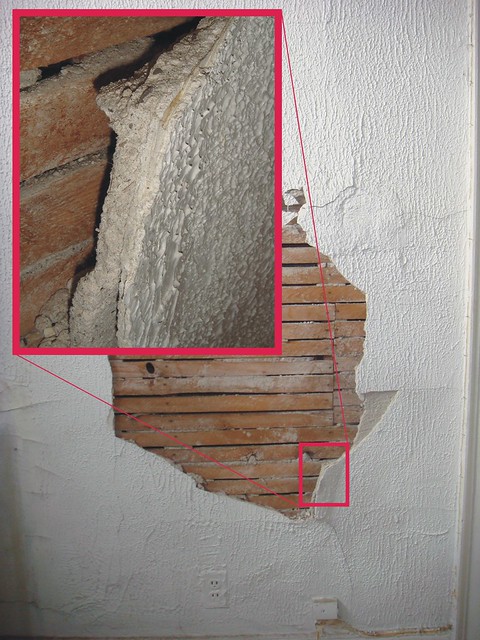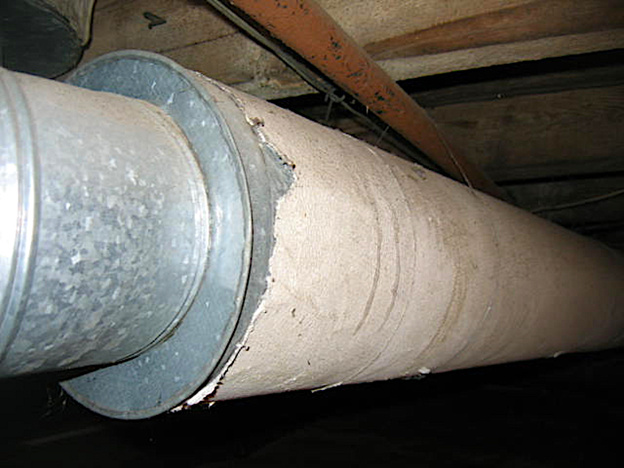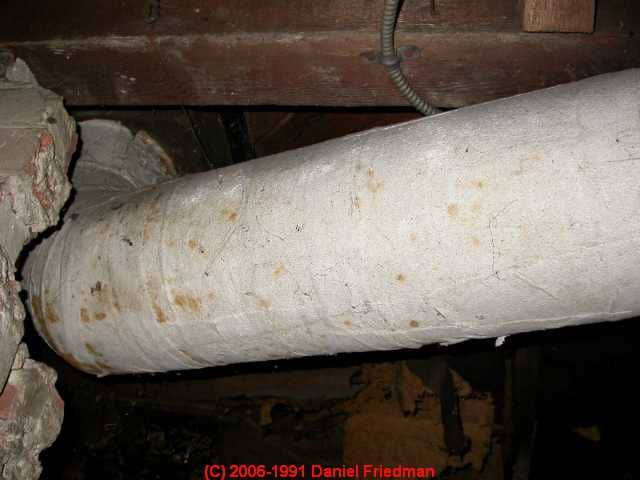As professionals in the real estate industry, staying informed about potential hazards in properties is crucial for ensuring client safety and compliance with regulations. Asbestos, a once-common building material now known for its health risks, remains a concern in many older homes. This email provides key information on asbestos-containing materials to help you identify risks during property assessments and advise clients effectively.
Here are 10 common residential building materials that historically contained asbestos, along with the eras they were typically used and their potential impacts on human health when disturbed:
Ceiling Tiles and Popcorn Ceilings: Commonly used in homes built before 1980 for acoustic and decorative purposes. When fibers are released and inhaled, they can cause asbestosis (lung scarring), lung cancer, and mesothelioma.
Floor Tiles (Vinyl Asbestos): Prevalent in flooring until the 1970s, especially in homes constructed between 1930 and 1950. Inhalation of disturbed fibers may lead to increased risk of lung cancer, mesothelioma, and asbestosis.
Roofing Shingles and Felt: Widely used in residential roofing materials in older homes before 1980. Exposure through inhalation can result in lung cancer, mesothelioma, and other asbestos-related diseases.
Siding (Asbestos Cement): Common exterior material in buildings constructed prior to 1980. Disturbed fibers can cause chronic lung conditions like asbestosis, as well as cancers such as mesothelioma and lung cancer.
Pipe and Boiler Insulation: Frequently found insulating steam pipes and boilers in homes built between 1930 and 1950. Inhaled fibers build up in the lungs over time, leading to scarring (asbestosis), lung cancer, and mesothelioma.
Textured Paints and Patching Compounds: Used on walls and ceilings until banned in 1977. When sanded or disturbed, released fibers can increase the risk of respiratory diseases including lung cancer and mesothelioma.
Vermiculite Insulation: Often used as loose-fill attic insulation in older homes before 1980. Disturbance can release fibers causing asbestosis, lung cancer, and mesothelioma upon inhalation.
Joint Compounds and Drywall: Common in wall construction and repairs in pre-1980 residences. Inhaled asbestos from sanding or demolition can lead to long-term health issues like mesothelioma and lung scarring.
Duct Insulation and Tape: Insulated HVAC ducts with asbestos materials until the 1970s. Fibers released during maintenance can cause increased risks of lung cancer, mesothelioma, and asbestosis.
Cement Sheets and Millboard: Used around furnaces and stoves in homes built before 1980. Exposure via inhalation may result in asbestosis, lung cancer, and other serious respiratory cancers like mesothelioma.
We hope this information empowers you to better serve your clients by promoting safe property transactions. If you encounter suspected asbestos, recommend professional inspections and abatement to mitigate risks. Contact LAB Home Inspections today for a Asbestos Inspection if your clients home was built in the era’s cited! For more resources, consult local regulations or EPA guidelines. Feel free to reach out if you’d like additional materials for your practice. Schedule your inspection now at www.labhomeinspections.com and keep your clients safe.
You can learn more about this topic here:
gorilaw.com/history-of-asbestos/

